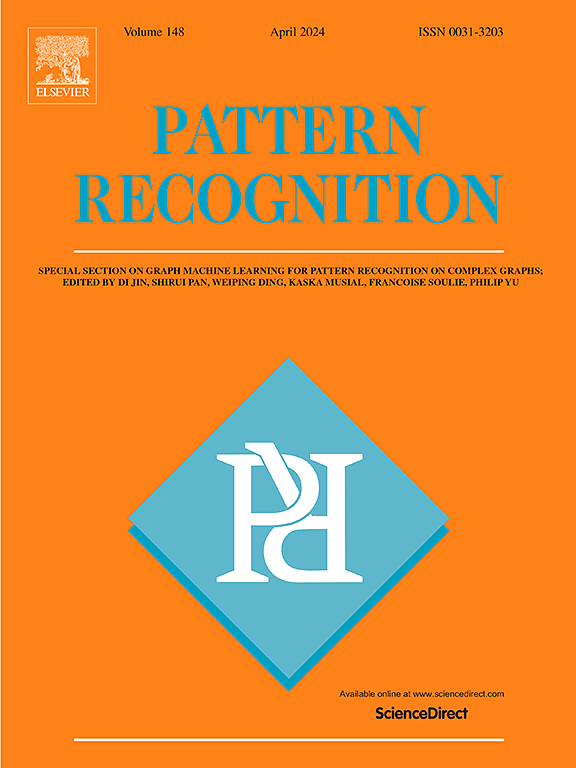Learning better contrastive view from radiologist’s gaze
IF 7.5
1区 计算机科学
Q1 COMPUTER SCIENCE, ARTIFICIAL INTELLIGENCE
引用次数: 0
Abstract
Recent advancements in self-supervised contrastive learning have shown significant benefits from utilizing a Siamese network architecture, which focuses on reducing the distances between similar (positive) pairs of data. These methods often employ random data augmentations on input images, with the expectation that these augmented views of the same image will be recognized as similar and thus, positively paired. However, this approach of random augmentation may not fully consider the semantics of the image, potentially leading to a reduction in the quality of the augmented images for contrastive learning. This challenge is particularly pronounced in the domain of medical imaging, where disease-related anomalies can be subtle and easily corrupted. In this study, we initially show that for commonly used X-ray images, traditional augmentation techniques employed in contrastive pre-training can negatively impact the performance of subsequent diagnostic or classification tasks. To address this, we introduce a novel augmentation method, i.e., FocusContrast, to learn from radiologists’ gaze during diagnosis and generate contrastive views with guidance from radiologists’ visual attention. Specifically, we track the eye movements of radiologists to understand their visual attention while diagnosing X-ray images. This understanding allows the saliency prediction model to predict where a radiologist might focus when presented with a new image, guiding the attention-aware augmentation that maintains crucial details related to diseases. As a plug-and-play and module, FocusContrast can enhance the performance of contrastive learning frameworks like SimCLR, MoCo, and BYOL. Our results show consistent improvements on datasets of knee X-rays and digital mammography, demonstrating the effectiveness of incorporating radiological expertise into the augmentation process for contrastive learning in medical imaging.
求助全文
约1分钟内获得全文
求助全文
来源期刊

Pattern Recognition
工程技术-工程:电子与电气
CiteScore
14.40
自引率
16.20%
发文量
683
审稿时长
5.6 months
期刊介绍:
The field of Pattern Recognition is both mature and rapidly evolving, playing a crucial role in various related fields such as computer vision, image processing, text analysis, and neural networks. It closely intersects with machine learning and is being applied in emerging areas like biometrics, bioinformatics, multimedia data analysis, and data science. The journal Pattern Recognition, established half a century ago during the early days of computer science, has since grown significantly in scope and influence.
 求助内容:
求助内容: 应助结果提醒方式:
应助结果提醒方式:


